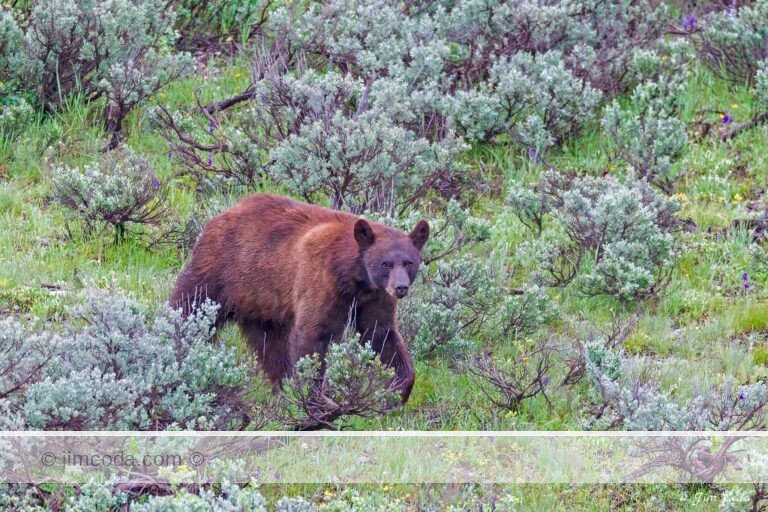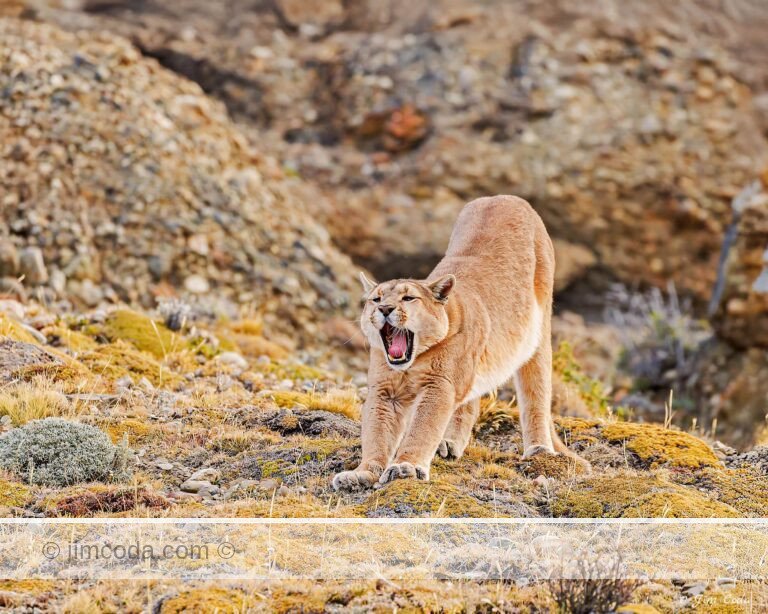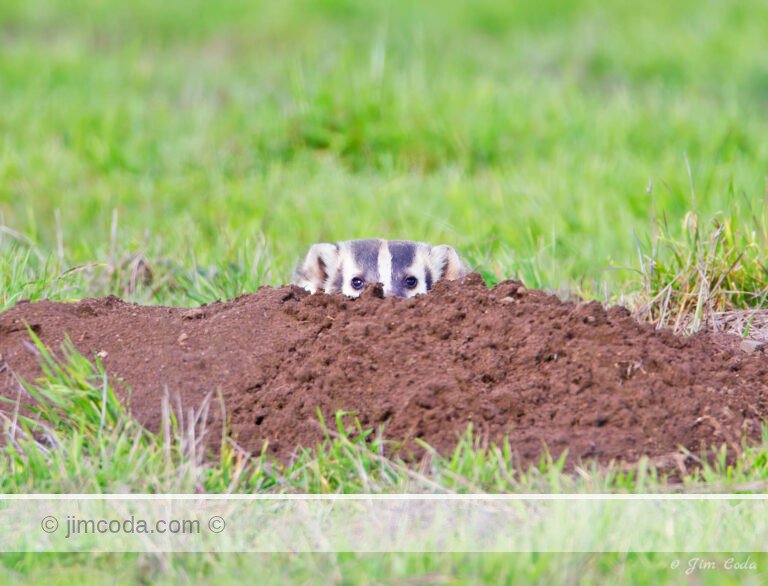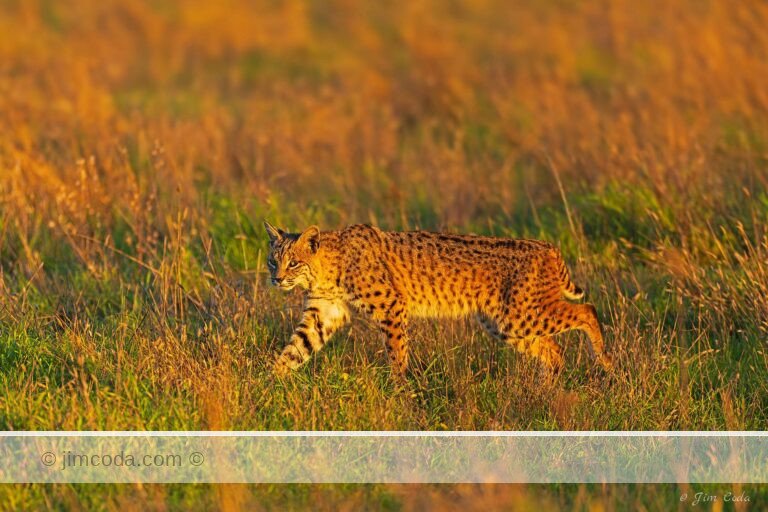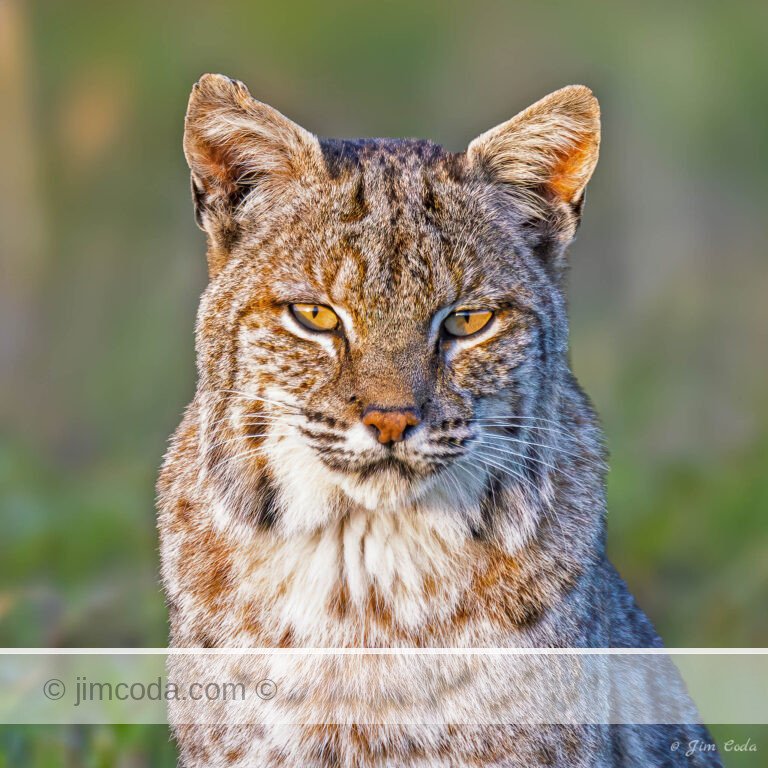Tag: kehoe ranch
Bull Elk Exhibiting Hair Loss
I was at Point Reyes yesterday afternoon. It was my first time out there...
Ten Mile Beach and Ranch Lands at Sunset
Ten Mile Beach is a popular subject to photograph from Point...
Bull Elk in Corral
As I mentioned in a recent post, the elk at Tomales Point are kept there by a fence...
Tule Elk, Point Reyes National Seashore
This cow elk was spotted feeding near the former Pierce Point...
No articles found
Prints for sale
Browse my selection of photos for sale as fine art prints
Filter by category
Sorry, no prints in this category



